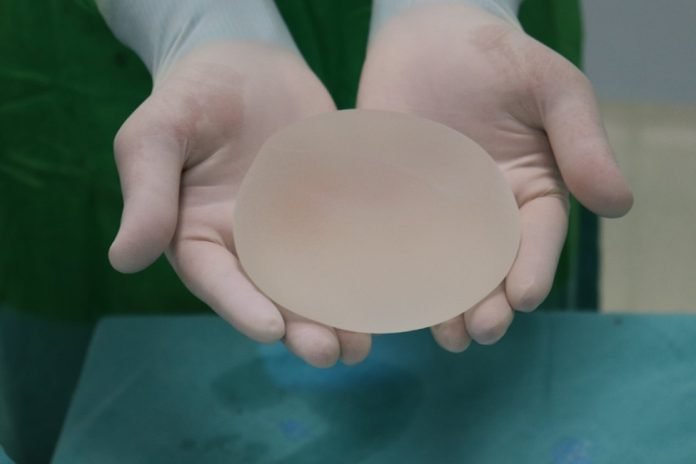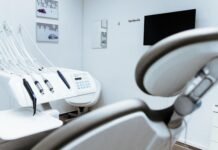Last Updated on March 12, 2024 by admin
Breast augmentation is a popular cosmetic procedure, but it is not without its risks and complications. The most common complication is capsular contracture, which occurs when the tissue around the implant hardens. This can cause the breast to feel hard, painful, or misshapen. Other potential complications include infection, bleeding, leakage, and breast augmentation scars from the implant. While these complications are usually treatable, they can occasionally be serious.
In this blog post, we’ll explore some of the potential risks and complications associated with breast augmentation, as well as what you can do to reduce your risk of experiencing them.
Table of Contents
Early implant complications
Early complications include infections and bleeding. These usually occur in the first few days after the surgery, and can, in the worst case, mean that you will need to go under the knife again and get the implants removed. All patients are given antibiotics during and after breast augmentation, but if an infection occurs, you may need to remove your implants for a while (3-6 months) before they can be put back again. It is relatively common to have small fluid-filled redness of the suture knots after a few weeks at the edges of the surgical scar.
Late implant-related complications
Implant rupture
Worst case scenario, your breast prosthesis could leak or rupture. Rupture can happen spontaneously or from accidents and severe external stresses. If your prosthesis cracks, a surgeon will usually replace it with a new one.
If an implant with silicone gel breaks, it might not cause any noticeable symptoms right away. However, if the gel leaks, it can cause scarring and lumpiness that may require surgery. It can be tough to diagnose a leak, but you might notice that the affected breast feels softer than before or softer than the other breast. You might also not be able to feel the edges of the implant as clearly.
Capsule contracture
A complication of breast augmentation that can happen is capsule contracture, which is when the tissue around the implant gets hard and sore. It’s not clear why this happens, but it might be because of individual factors, like a build-up of scar tissue.
If you have capsule formation, it’s not a big deal – there are lots of treatments. The easiest is probably to remove the prostheses, but you can also cut notches in the prosthesis capsule or remove the entire connective tissue capsule (including the prosthesis). It’s well known that smoking increases the risk of capsule formation, so if you’re a smoker, be extra careful. If you have severe capsule formation, Mentor will help you cover some of the operating costs (up to 1000 Euros).
Problem with the position of breast implants
The position of your breast implants is key to being happy with the results of your surgery. If you don’t like the way they look a few months after the operation, it’s usually because of the surgery itself. If they start to look different later on, it’s usually because the surrounding tissue has weakened and can’t support the weight of the implants. One not-so-rare complication is called the double-bubble deformity (DB). DB means that one or both prostheses have ended up below the breast fold or symmastia (when the gap between the breasts disappears). This usually happens when they’re too tight.
Numbness
There’s a chance you could feel some pain or numbness in your breasts or around your chest after surgery. This is usually because the nerves in the area get swollen from the surgery. In some cases, the nerves might be permanently damaged, which could cause ongoing pain or tenderness in the breasts. These symptoms usually improve over the course of a year.
Breast Implant Illness (BII)
BII is a relatively new condition that describes a wide range of different symptoms that can occur after the insertion of a breast implant. Symptoms of BII can occur in patients with all types of breast implants. BII has not yet been studied scientifically and the knowledge and demarcation against other possible diseases is unclear. The symptom picture can also vary between different patients. Due to this, there is still no diagnostic code for the condition. Symptoms that have been linked to BII are: joint and muscle pain, chronic fatigue, memory and concentration problems, breathing problems, sleep disorders, rash and itching, dry mouth and eye dryness, anxiety problems, depression, headaches, hair loss, and gastrointestinal problems.
There are a bunch of different diseases that can cause similar symptoms to BII, so it’s important to get checked out by a doctor if you’re experiencing any of them. In some cases, removing the prosthesis (including the whole capsule around it) can improve symptoms, but not always.
Conclusion
Although breast augmentation is a relatively safe procedure, there are certain risks and complications that patients should be aware of. These include infection, implant rupture, capsular contracture, and nipple/breast sensation loss. To decrease the chances of experiencing any of these complications, patients should choose a board-certified plastic surgeon with experience performing breast augmentations.
Apart from this if you are interested to know more about Before And After Breast Augmentation- Do’s And Don’ts than visit our health category.






















